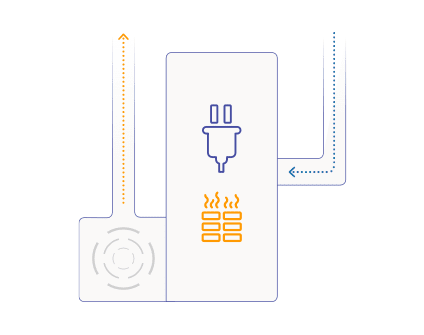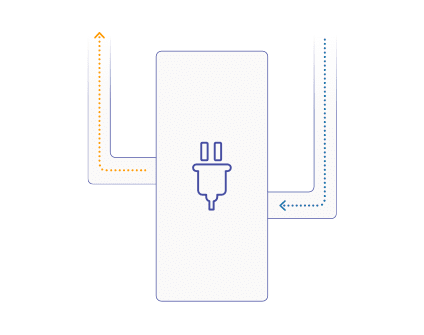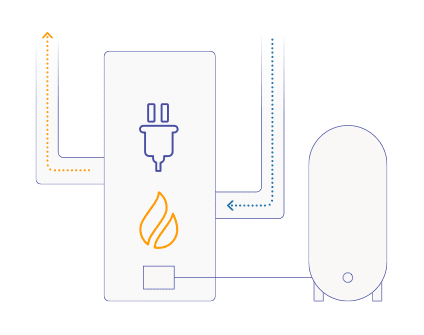Opt for the purchase and installation of an electric thermal storage heating system combined with a central heat pump and receive $22,000 in financial assistance from Hydro‑Québec
Note:
Learn more about the LogisVert Efficient Homes Program if you wish to have an electric thermal storage system installed. For more information, contact one of the List of Steffes authorized installers [PDF 193 kB].
Less well known in Québec, electric thermal storage (ETS) is a technology that has been in use for a number of years.
Who is this technology for?
Central heating with electric thermal storage is for customers wishing to replace their fuel‑burning central heating system with an electric one, as well as those who need to invest in a new system.
What is a central heating ETS system?
It’s a fuelless central heating system with the defining feature of storing heat in a thermal mass made up of bricks.
During peak demand events, the system is programmed to stop powering the electric elements and the house is heated by the heat accumulated in the bricks.

Image of an electric thermal storage system with the following components:
- 1Exchanger for heat pump (optional)
- 2Insulation
- 3Thermal mass
- 4Electric elements
- 5Fan
Combining an electric thermal storage (ETS) system with a heat pump
For additional benefits, the central heating system with electric thermal storage can be combined with a heat pump. There are numerous advantages to this combination:
- It provides a highly efficient, all-in-one heating and air-conditioning system that is fully electric.
- It optimizes system performance by taking full advantage of the efficiency of the heat pump—for both heating and air conditioning.
- By regulating the home’s air supply temperature, it eliminates the cooling sensation associated with the forced air caused by heating with a heat pump.
In short, combining an ETS system with a heat pump, when used with Rate Flex D, is the most cost‑effective, fully electric heating and air‑conditioning system that offers the most comfort.





